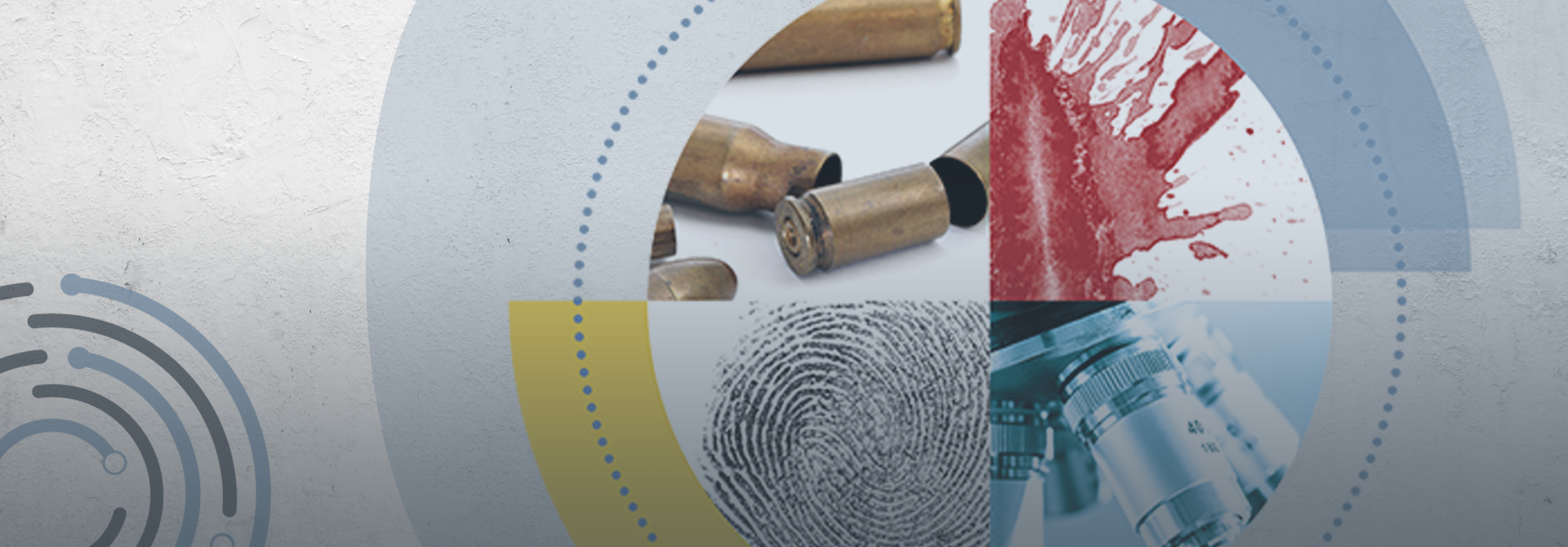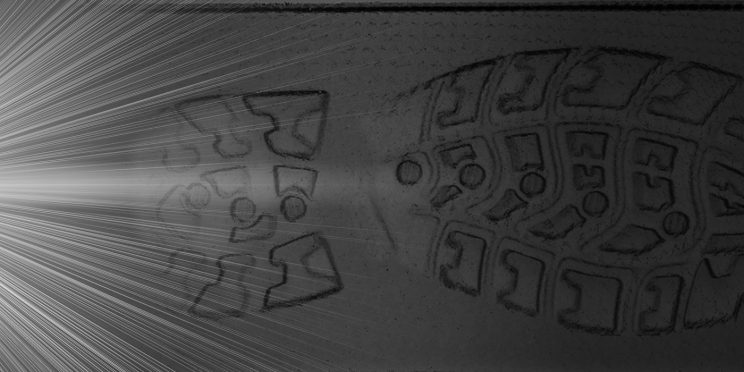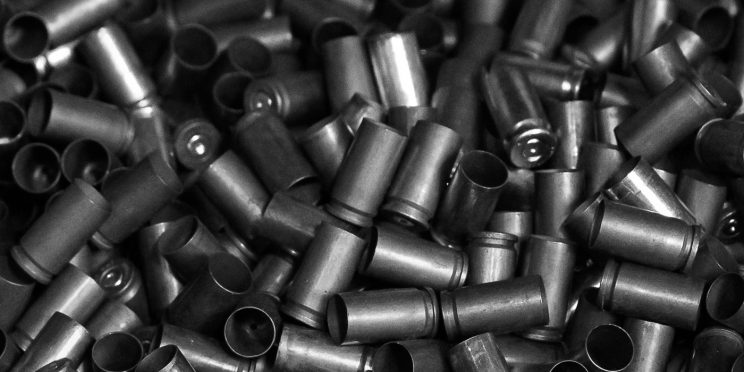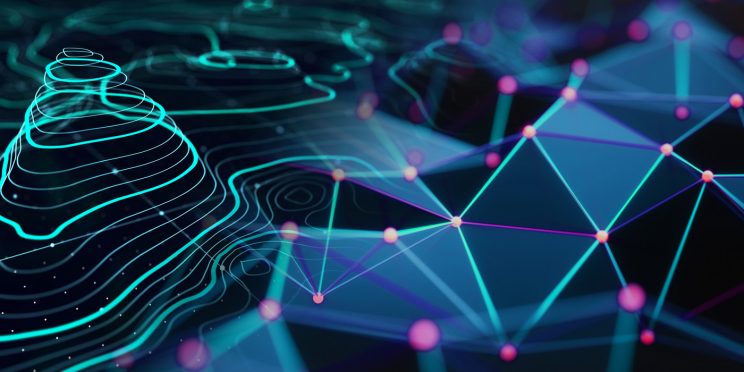Overview
IPTES was designed to bring together practitioners and researchers to enhance information-sharing and promote collaboration among the impression, pattern, and trace evidence analysts, law enforcement, and legal communities. This original Live Webinar took place on 01/25/2018.
The National Institute of Justice (NIJ) and the Forensic Technology Center of Excellence (FTCOE) are committed to improving the practice of forensic science and strengthening its impact through support of research and development, rigorous technology evaluation and adoption, effective knowledge transfer and education, and comprehensive dissemination of best practices and guidelines to agencies dedicated to combating crime. The future of forensic sciences and its contribution to the public and criminal justice community is a motivating topic to gather expertise in a forum to discuss, learn, and share ideas.
Impression & Pattern Breakout - Day 2 PM
- Using Eye Tracking to Understand Decisions by Forensic Latent Print Examiners
- R. Austin Hicklin, Ph.D. | Noblis
- JoAnn Buscaglia, Ph.D. | FBI
- Thematic Trends of Latent Print Examination Criticisms and Reports
- Thomas Wortman, BS | U.S. Army Criminal Investigation Laboratory
- Statistical Error Estimation for an Objective Measure of Similarity to a Latent Image
- Donald Gantz, Ph.D. | George Mason University
- Occurrence and Utility of Latent Print Correspondences That Are Insufficient for Identification
- David Stoney, Ph.D. | Stoney Forensic, Inc.
- A Bayes Factor for Fingerprints, Using a Modified Approximate Bayesian Computation Approach
- Jessie Hendricks, MS | South Dakota State University
- Assessing and Reducing Variability in Friction Ridge Suitability Determinations
- Heidi Eldridge, MS | RTI International
Funding for this Forensic Technology Center of Excellence webinar has been provided by the National Institute of Justice, Office of Justice Programs, U.S. Department of Justice.
The opinions, findings, and conclusions or recommendations expressed in this webinar are those of the presenter(s) and do not necessarily reflect those of the U.S. Department of Justice.
Contact us at ForensicCOE@rti.org with any questions and subscribe to our newsletter for notifications.




